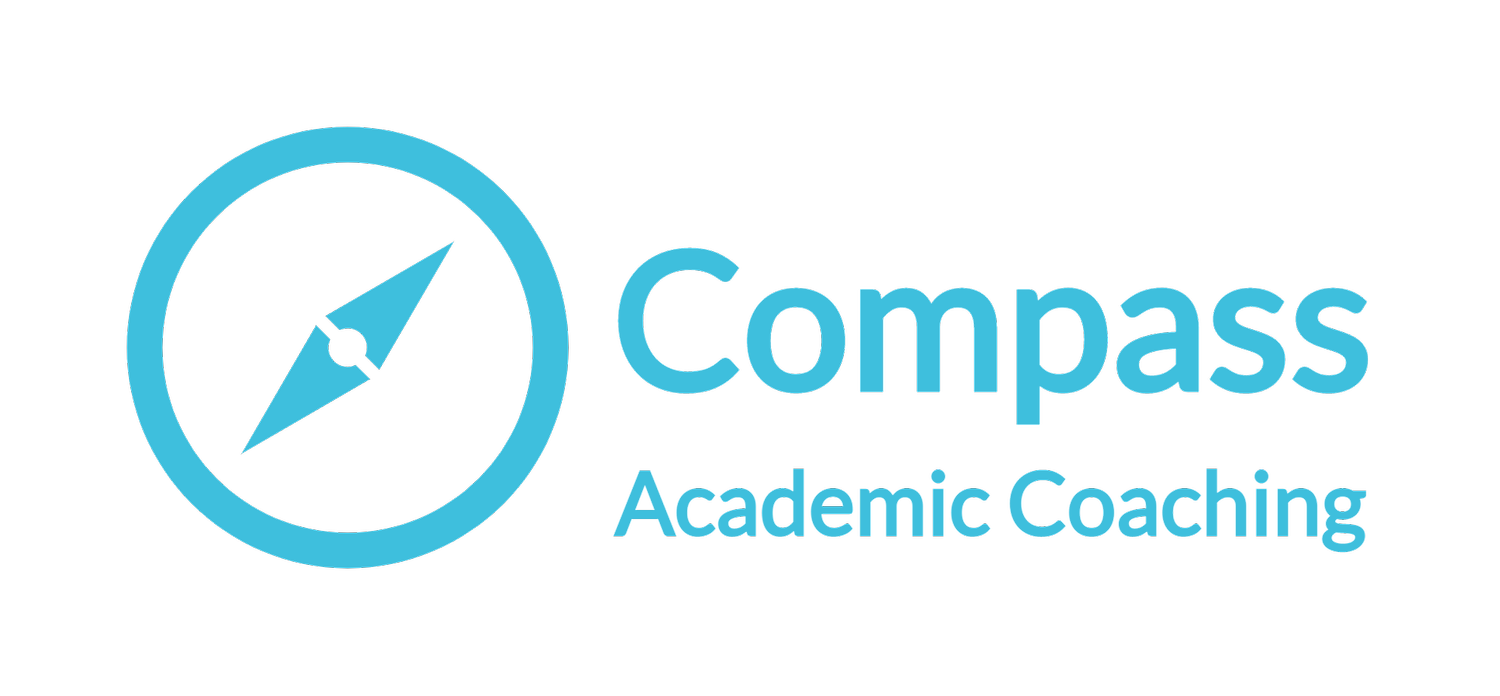Hail the Magical CAB
You’re an academic. You’re always reading, and you know you should be keeping notes as you read, but you haven’t landed on a system yet. Each time you read something you feel like you’re starting from scratch. Sometimes you’re not sure what you’re reading for.
If this sounds like you, here’s a tool you can try. You may have created an annotated bibliography before. This version, the Critical Annotated Bibliography, or CAB for short, can help you focus your reading while also building up a solid collection of writing on sources that can be used as building blocks for your next draft.
A Critical Annotated Bibliography entry is an expanded version of the traditional annotation. Draft this annotation as soon as possible after finishing a reading and save it along with the full reference information for your source. Save it in a way that you can organize your sources into groups and search the full text of your annotations (see my post on choosing a reference management system).
Each critical annotation has three parts:
A brief summary of the source (150 words). The summary should be complete enough to jog your memory of the source later and to be cut-and-pasted into your draft if you need to introduce the source. You likely want to include:
Research question/purpose
Methods/evidence
results/argument
A statement about how this source connects to your study topic (100 words)
A final statement addressing the gap that exists between this source and your dissertation topic. In other words, you are asking a critical question, such as “what has this author left out?” or “what is impossible to know given this source’s approach?” (150 words)
You may also find it helpful to record important quotes, such as definitions of key terms.
Thanks to Dr. Gloria Park for teaching me this tool during my PhD coursework!

